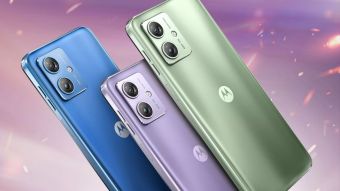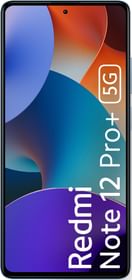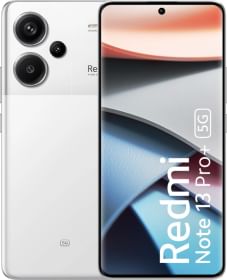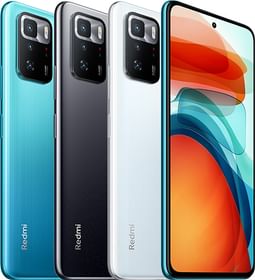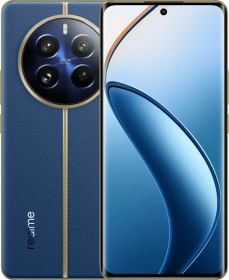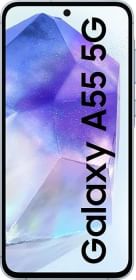If you were admiring faster data speeds, check out the latest USB 4 version 2.0 which brings a wholesome upgrade over the original standard with an 80Gbps bandwidth from the previous generation 40Gbps. Announced by the USB Promoter Group spearheaded by Apple, Microsoft, Intel, HP, Texas Instruments, STMicroelectronics, and Renesas Electronics. Here’s more about the speedy upgrade the announcement has brought onboard,
USB 4 version 2.0 gets wholesome upgrades
The latest USB 4 version 2.0 is a high-performance connectivity standard that brings a much bigger upgrade than its predecessors. In fact, its data speed exceeds that of all current-gen USB Thunderbolt standards which are limited to 40Gbps along with the USB 4. For context, the USB 4 version 2.0 brings onboard 80 Gbps of speeds over USB Type-C cables and connectors thanks to a newly added physical layer architecture.
According to the press release, the USB 4 version 2.0 brings a lot of display functionalities. It includes a boost to the 20Gbps for USB 3.2 data tunneling when you are using DisplayPort mode. It now supports PCIe spec as well. The group also mentioned that both USB Type-C and USB PD specifications will be upgraded to support higher transfer speeds. What this means is that you will not need a new cable and instead, leverage the existing cable to get the astonishing speeds.
The USB 4 version 2.0 is backward compatible which means it is compatible with the original USB 4.0, USB 3.2, USB 2.0, and Thunderbolt 3 alike. The prowess of version 2.0 can be seen when running multiple devices using the single USB port because it is made to serve such functions at an incredibly fast bandwidth at 80Gbps although the latter is overkill for the majority of the people who may not ever need it but hey, it is at least better for those who need higher bandwidth.










